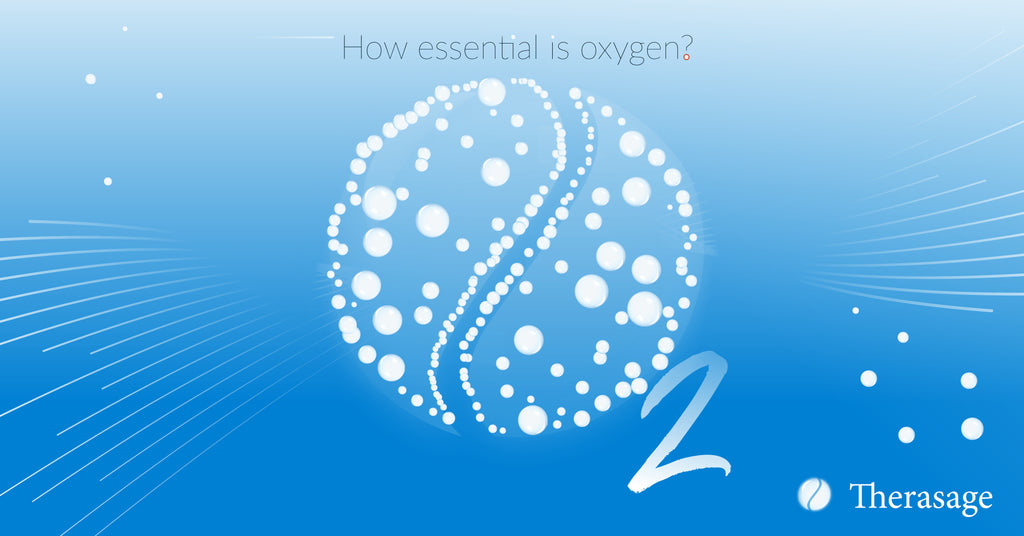009 – Why We Need Oxygen

"Air is actually a delicately balanced composition of mainly nitrogen (over 70%), oxygen, and argon, with trace amounts of other elements, such as carbon dioxide, helium, and hydrogen. Even though we breathe air, we preferentially use mostly oxygen. This finely-tuned process is known as alveolar gas exchange, which is powered by diffusion, where higher concentrations of certain gases yield to lower ones. Furthermore, although we need to breathe oxygen for survival, too much oxygen can harm and even kill us!"
That's how we ended our last post.

Now, it's time to discuss precisely why oxygen is so necessary for our survival. We'll leave "the right dosage" question for a future post.
Essential
Omega 3 and leucine: what do they have in common? Answer: they're both essential to human life and wellness. "Essential" here means two things at once.
- We positively need them; that is, we'll die without them.
- We can't make them on our own: they must come from outside ourselves.
Omega 3 is an example of an essential fatty acid; leucine, meanwhile, is an essential amino acid. (Whether we can speak rightly of an essential carbohydrate is a matter the medical and nutritional juries are still deliberating.)
Well, oxygen could be thought of as an "essential gas or element." We absolutely need it for survival, and – unlike plants – we can't synthesize it on our own. This calls to mind the famous "oxygen-carbon dioxide cycle." Animals, including humans, ingest oxygen and release carbon dioxide; plants ingest carbon dioxide and release oxygen. It's a perfectly balanced gas exchange that keeps everyone alive and well, and happy!
How essential is oxygen? Well, we can go without food for about one month. We can live without water for about one week (though in a very weakened state). But, we can survive without oxygen for only a few minutes. So, oxygen is not only essential, it's absolutely urgent.
So far we've described the "what." Now, we have to look at the "why."
Veins and Arteries
Really, our need for oxygen all comes down to two things: energy management and waste disposal. The first involves the production, at the cellular level, of ATP (i.e., adenosine triphosphate). The second is accomplished by oxidation.
Alveolar Gas Exchange
Let's look more closely at oxygen's role in energy production. We mentioned "alveolar gas exchange" above. This process refers to the millions of tiny alveoli that comprise the lungs of an adult. When we take a breath – and we need up to 16 breaths per minute to get the amount of oxygen required under normal conditions – the oxygen content of that air inflates the alveoli and passes through associated capillaries into the bloodstream. There, it joins with hemoglobin, a special protein molecule designed especially for oxygen transport. This oxygen-rich blood is then dispersed to all the cells of the body via the vast network capillary network running through it. The now oxygenated cells are able to produce ATP.

Essentially, no oxygen means no ATP, which means no energy, and ultimately death. It's hard to put it more succinctly than that.
System Optimization
So, we must have a constant flow of oxygen into our bodies. The normal way of accomplishing this, of course, is by breathing.
However, in our next post, we'll discuss a wonderful tool for optimizing blood circulation, which necessarily also optimizes oxygenation.
Stay tuned!
Warmly,
The Therasage Team
- Melody Besner



